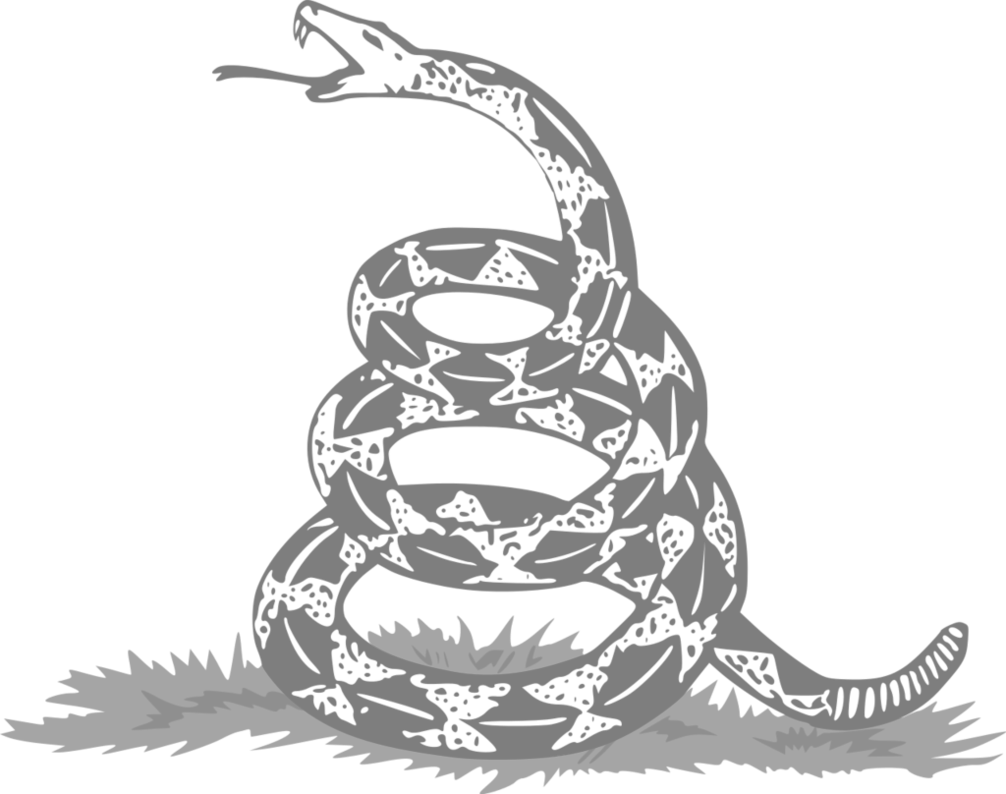Optimization and balance
Economic models are based on the optimizing behavior of agents, as well as the consistency of the result of their interaction (equilibrium). But what does this mean?
To build the simplest economic model (exchange between firms and consumers under given constraints), we first need:
- 1. Describe the set of goods that consumers will buy, set consumer incomes and prices for goods:
- 2. Set consumer preferences:
- 3. Determine the resources that firms will have;
- 4. Ask the technologies that are available to firms.
That is, on the one hand, we have restrictions for consumers (income and prices, available goods) and firms (resources), and on the other hand, their goals are preferences for consumers, and technology firms. The optimization of the consumer is to satisfy his needs to the greatest extent possible under given restrictions on real income (price-adjusted nominal income). A firm's optimization is to choose a technology that maximizes output given resource constraints. Thus, we formulate the behavioral rules of our agents in the model.
Next, we need to make sure that the decisions of the agents in the process of interaction can be coordinated, that is, a compromise or equilibrium will be reached.
Our model is ready!
In this simple model, there are parameters that are external (exogenous variables), that is, they are defined outside the model. They can be defined in other related models, based on data, or set arbitrarily by the researcher (for example, to test a hypothesis within the model). Such parameters in our model are: consumer incomes, prices, resources and their cost. Goals are also set (in general, they can be any, but we need to somehow model the choice, so we formulate these rules). And there are also parameters that are formed within the model (endogenous variables): this is the number of goods produced for exchange.
A demand curve is derived from consumer optimization, and a supply curve is derived from firm optimization. Consumer utility is maximized at every point on the demand curve, and profit is maximized at every point on the supply curve. But a joint decision - a compromise - is a stable state or equilibrium. In the basic version, the compromise is single.
If we change exogenous variables (income, prices, or the quantity and cost of resources), we will also change the optima for consumers and firms that make decisions at the moment with given restrictions. These changes will lead to a different equilibrium due to shifts in our curves.
I have described a very simple model. Of course, the apparatus of economics makes it possible to analyze reality with the help of more complex modeling. Agents on the demand side may be heterogeneous (they may have different preferences), firms may also differ from each other. We can introduce government, link several models to each other, add probabilistic parameters, stochasticity, we can have several possible compromises, i.e. multiplicity of equilibria, etc. But the basis for such models will still be the same as in our simple case.
Grigory Bazhenov 2022-08-09
